Lifting belt decisions made easy! Explore our guide with 5 essential tips to choose the best size for your workouts and safety.
Choosing the right weightlifting belt is crucial for both safety and performance in the gym. Whether you're a powerlifter, bodybuilder, or casual gym-goer, a weightlifting belt can help stabilize your core, protect your spine, and improve your lifting technique. However, selecting the right size is essential to ensure comfort and effectiveness. Here’s a detailed guide to help you determine the ideal size for your weightlifting belt.
Why Use a Weightlifting Belt?
A lifting belt helps by increasing intra-abdominal pressure, which provides additional support to your core. This stabilizes your spine and reduces the risk of injury during heavy lifts, such as squats, deadlifts, and overhead presses. The right belt allows you to lift heavier weights safely and with more confidence.
1- Measuring for a Weightlifting Belt
The most critical step in choosing a lifting belt is measuring your waist correctly. Here’s how to do it:
Measure Around Your Navel
Use a flexible tape measure to measure the circumference of your waist around your navel. This is where the belt will sit, not around your hips or pants waistband.
Avoid Guessing Your Size
Lifting belts don’t follow standard clothing sizes. Even if you wear a size 32 in jeans, your lifting belt size could be different.
Measure While Relaxed
Stand upright and relaxed. Do not suck in your stomach or push it out unnaturally while measuring.
Double-Check Your Measurement
For accuracy, take the measurement twice and use the average if they differ slightly.
2- Choosing the Right Belt Thickness and Width
The size of your lifting belt isn’t just about circumference; thickness and width also matter:
Thickness
Belts typically come in 10mm or 13mm thickness.
10mm belts: Suitable for most lifters, offering a good balance of comfort and support.
13mm belts: Best for advanced powerlifters who need maximum support during very heavy lifts.
Width
Standard belts are 4 inches wide.
4-inch belts: Provide consistent support for most lifts.
Tapered belts: Narrower at the front, offering more comfort for Olympic lifts or movements requiring greater mobility.
3- Belt Sizing Chart
While sizes can vary between brands, here’s a general sizing guide for weightlifting belt:

Always refer to the manufacturer’s specific size chart for the best fit.
4- Factors to Consider When Selecting a weightlifting belt
Type of Lifting You Do
Powerlifting and heavy squats/deadlifts: Opt for a thicker, stiffer belt (e.g., 13mm).
Olympic lifting or CrossFit: Consider a tapered belt for better mobility.
Material
Leather belts: Offer durability and maximum support but require a break-in period.
Nylon belts: Lightweight and comfortable but provide less rigidity.

Buckle Type
Prong belts: Come with single or double prongs; secure and adjustable.
Lever belts: Easy to tighten and release but may require tools to adjust.

5-Testing Your Belt Fit
Once you’ve selected a size, it’s important to test the belt:
Tightness
The belt should feel snug but not overly restrictive. You should be able to take a deep breath and brace your core without discomfort.
Placement
The belt should sit above your hips and cover your abdominal region. It should not dig into your ribs or hips.
Mobility Check
Perform a few bodyweight squats and hip hinges to ensure the belt doesn’t restrict your range of motion.
Related Reads:Best Lever Belts for Powerlifting, Weightlifting & Gym
3-Inch vs. 4-Inch Lifting Belt: The Ultimate Guide (Choose Right)
Common Mistakes to Avoid
Choosing the Wrong Size
A belt that’s too small will be uncomfortable and ineffective, while a belt that’s too large won’t provide adequate support.
Wearing the Belt Too High or Low
Incorrect placement reduces the belt’s effectiveness and can cause discomfort.
Ignoring the Break-In Period
Leather belts can feel stiff initially but will conform to your body over time.
Conclusion
The right lifting belt size depends on your waist measurement, lifting style, and preferences. Measuring accurately and choosing the right belt type ensures better performance, reduced injury risk, and greater comfort during your workouts. With the proper belt, you’ll be able to lift heavier weights and safely achieve your fitness goals.
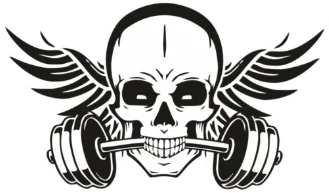
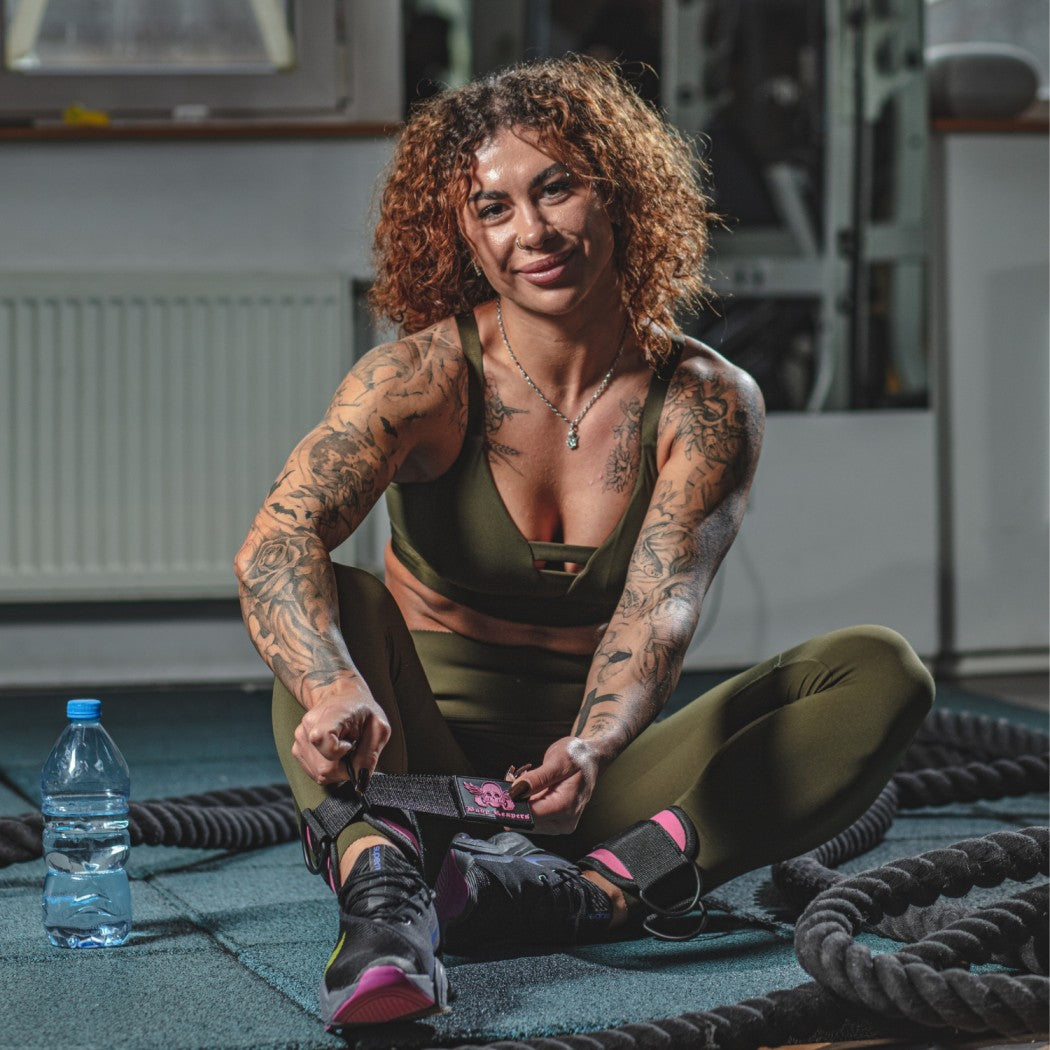
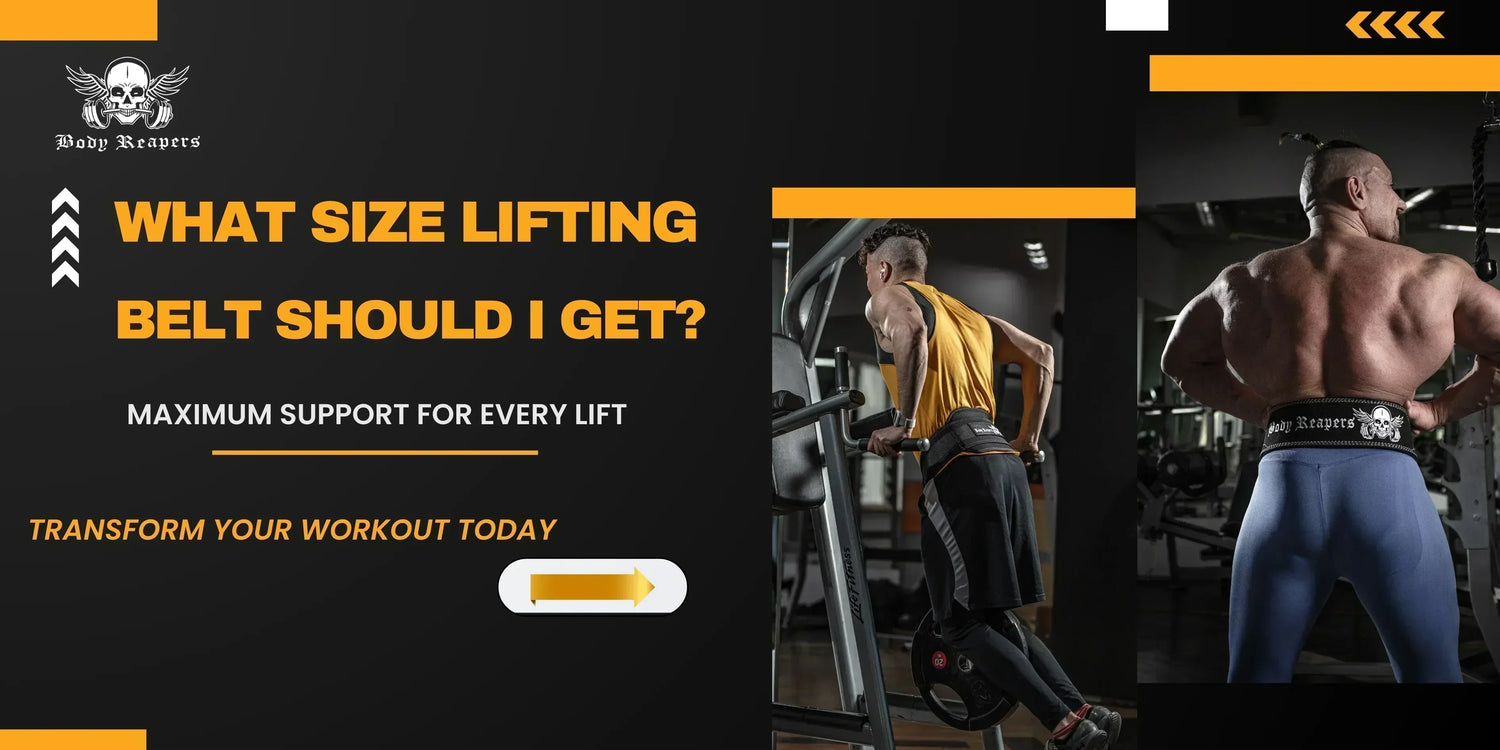
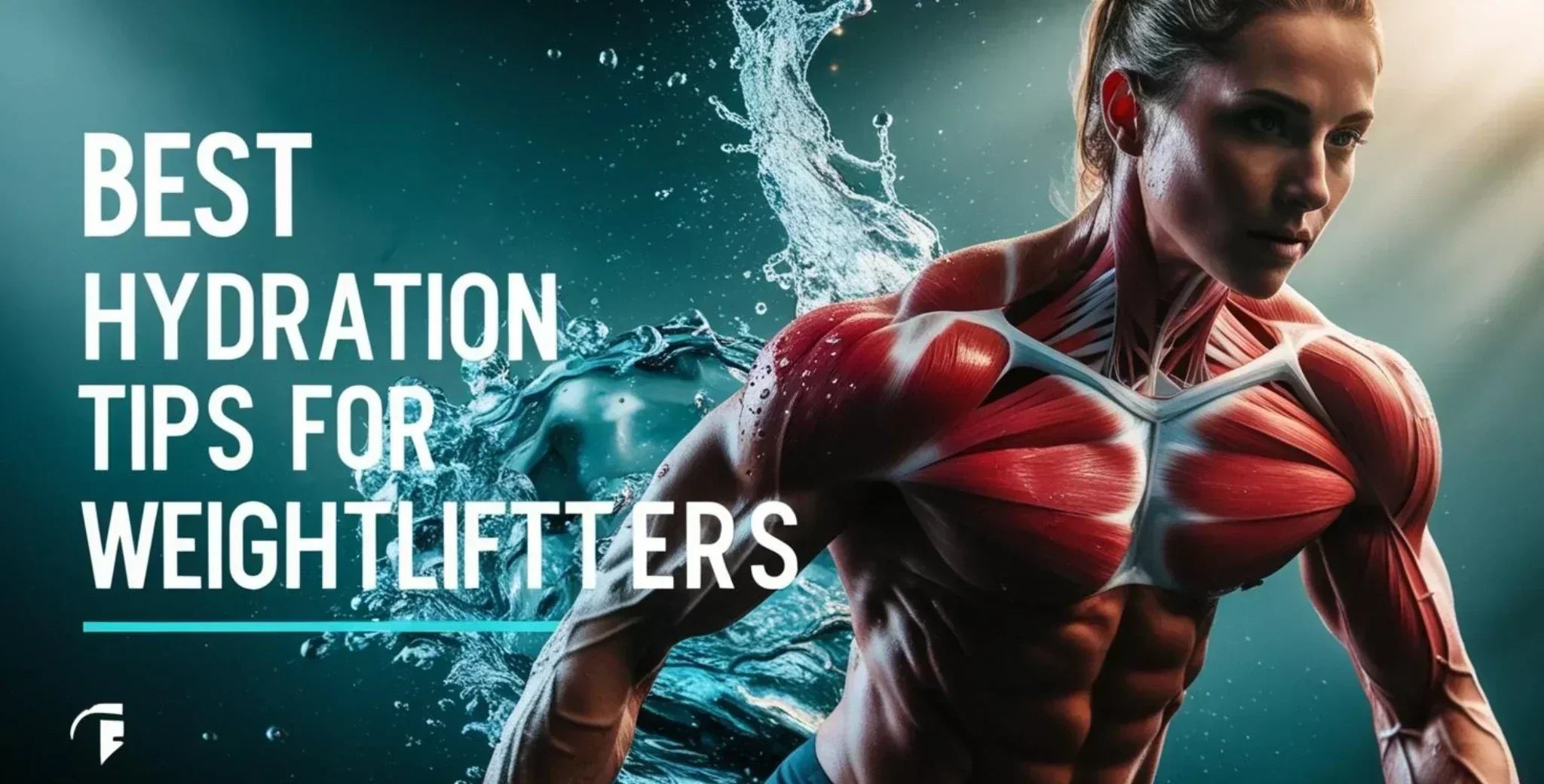
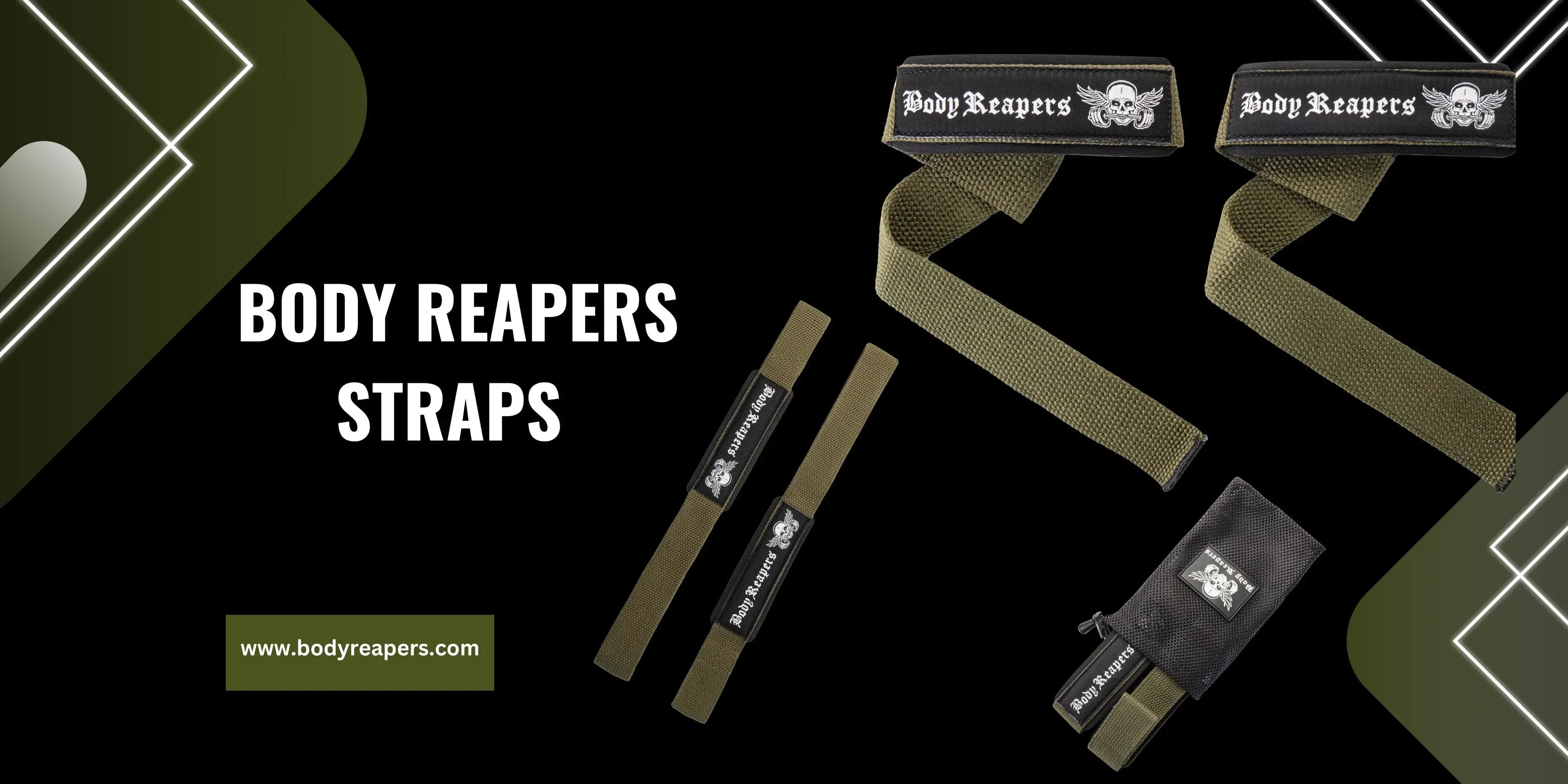
Leave a comment
This site is protected by hCaptcha and the hCaptcha Privacy Policy and Terms of Service apply.